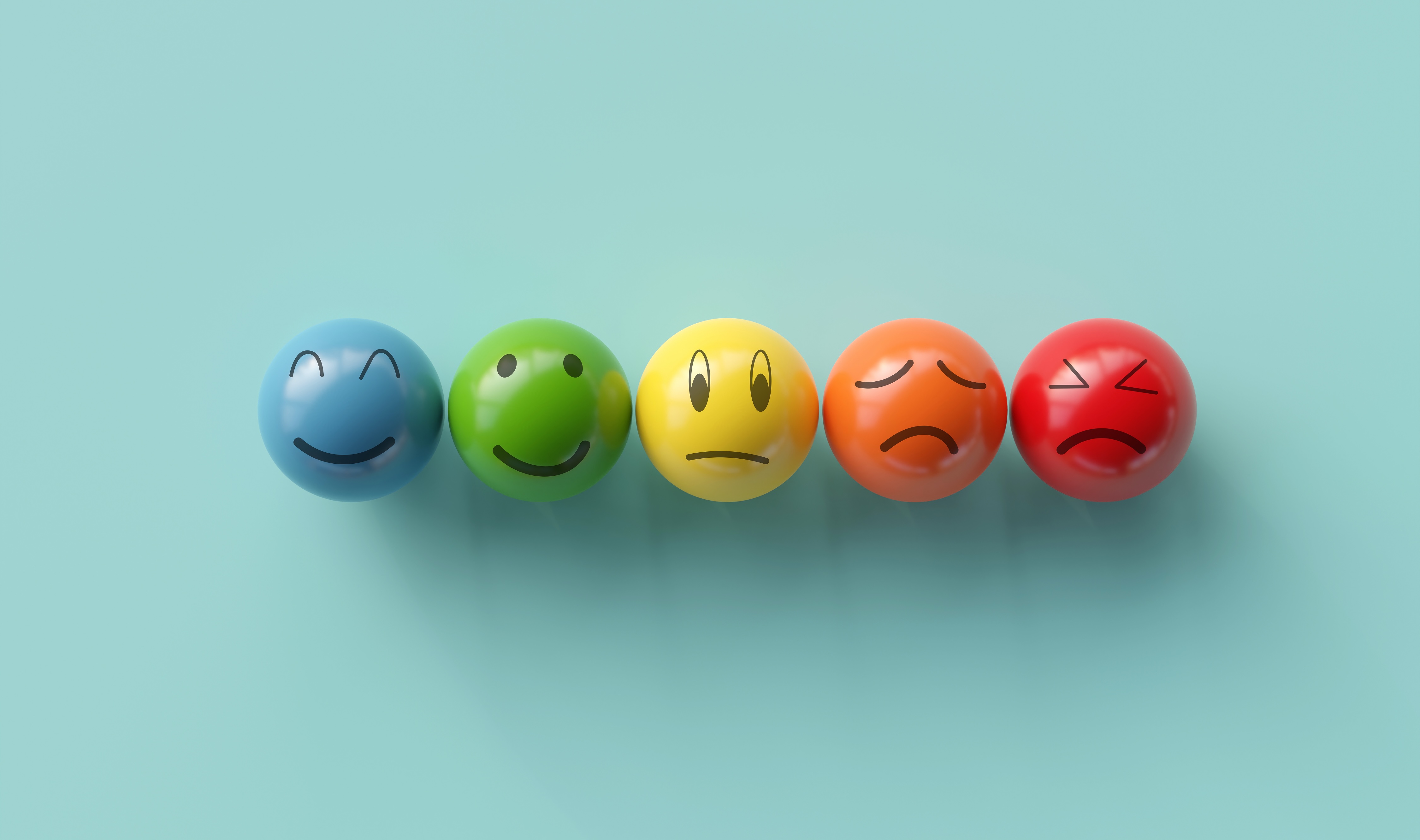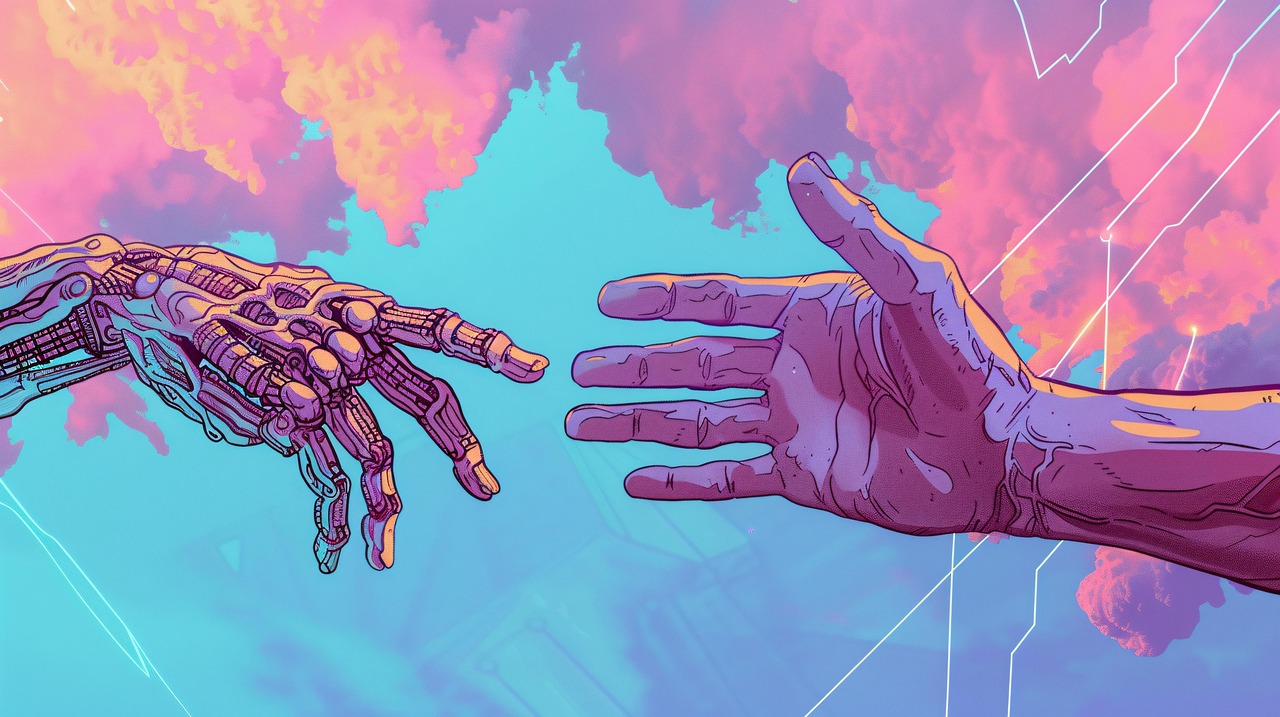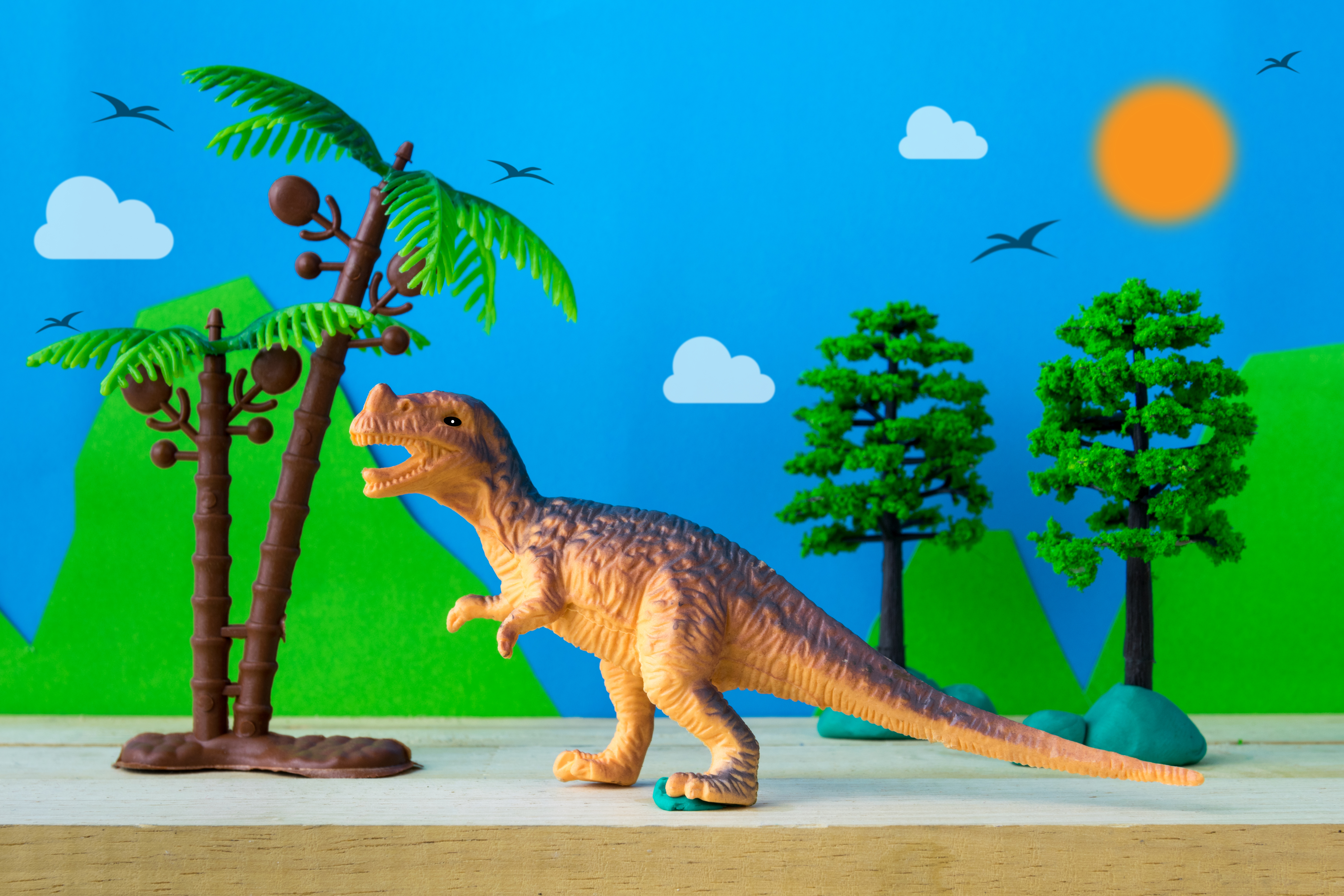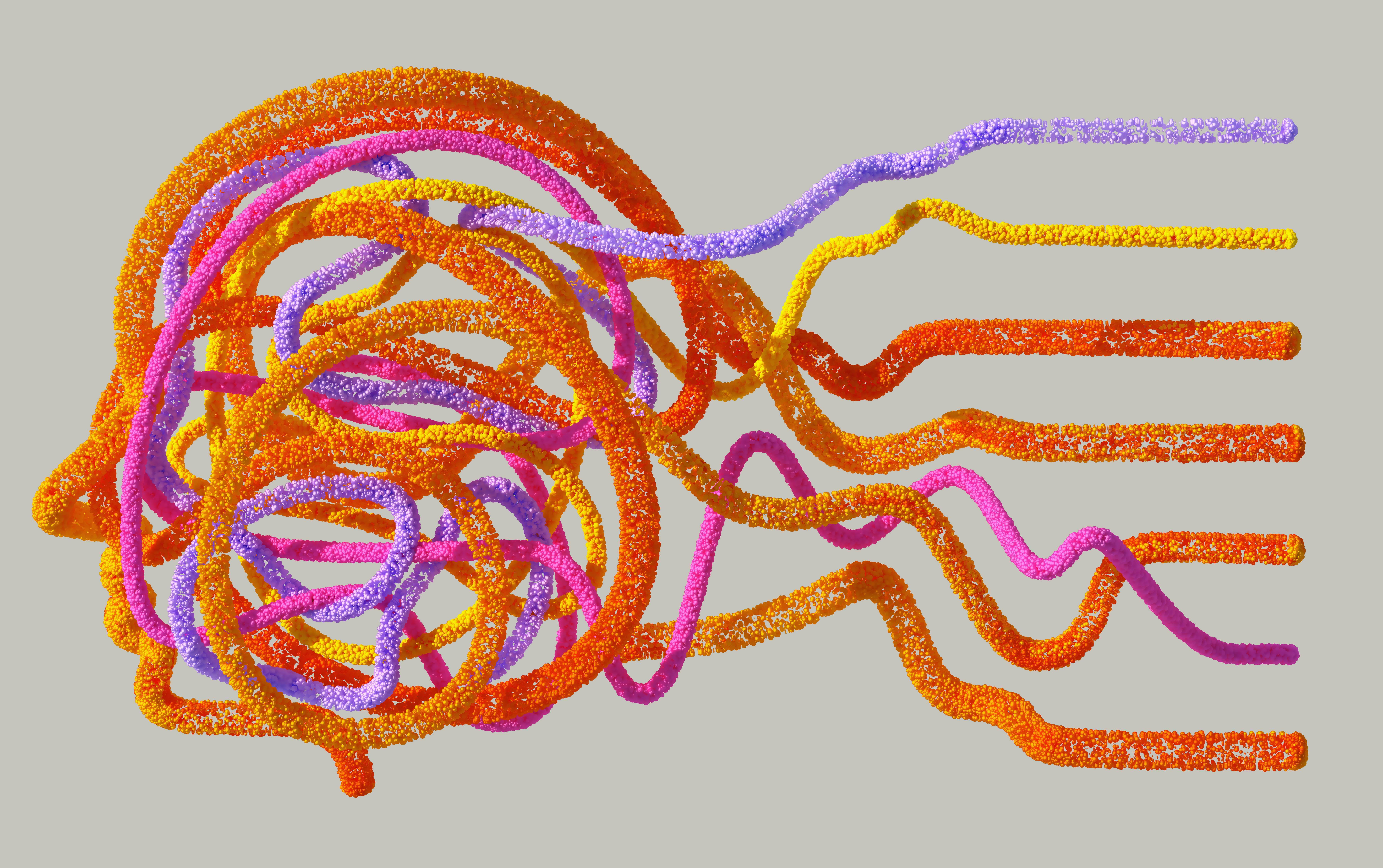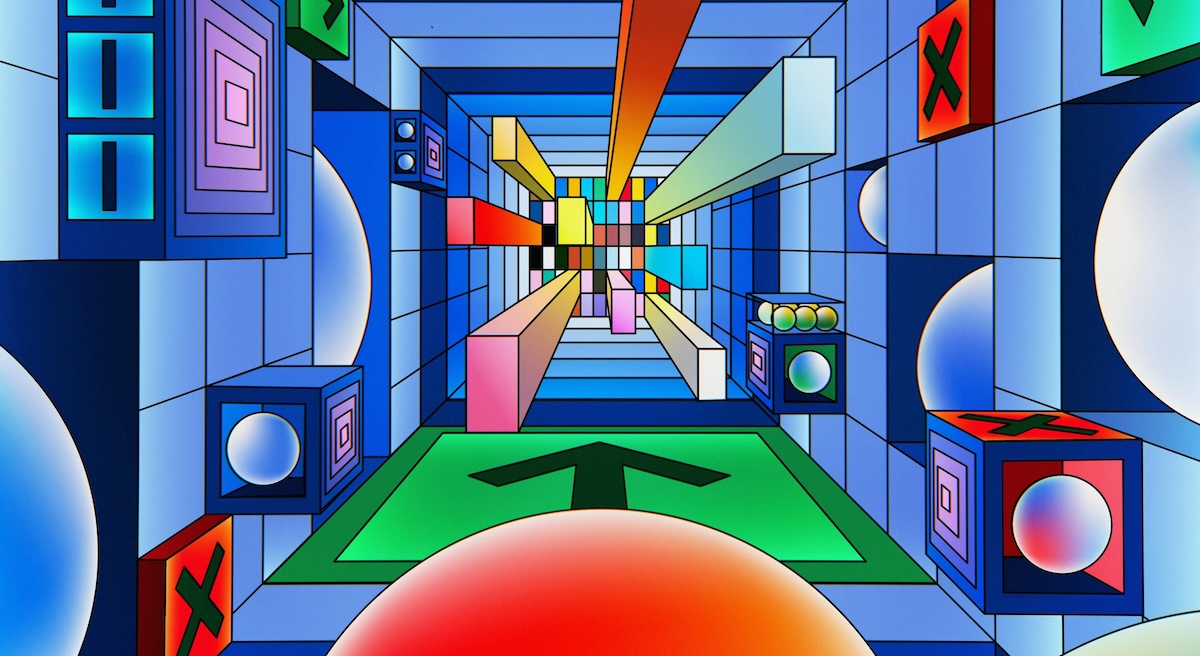Innovation Without Fragmentation
A practical guide for designers and engineers to building better products together, without compromising coherence
One of the most nuanced aspects of my role as Product Designer is managing relationships. Especially the dynamic, sometimes tense relationship between designers and engineers when it comes to balancing innovation with a cohesive user experience.
Let me start by saying this: I love working with engineers who are excited about trying new tools and pushing boundaries. That energy is essential to building modern, resilient, and delightful products.
Additionally, as designers, we can sometimes get too caught up in discussions of consistency and adhering to established patterns, even in the cases where breaking them (while maintaining overall platform feel) is the best option for the user experience. Notably, Steve Krug tells us:
"Clarity trumps consistency. If you can make something significantly clearer by making it slightly inconsistent, choose in favor of clarity."
(Steve Krug, Don't Make Me Think, p. 33)
But I’ve also seen how unchecked innovation, especially when it sidesteps design intent, can lead to the introduction of usability problems. We need to be proactive in creating channels where innovation can happen while maintaining the integrity of a shared product vision and without undermining the user experience.
Normalizing Design–Engineering Tension
Tension between design and engineering is not a red flag. In fact, it’s often a sign of investment. Engineers want to craft smart, elegant solutions just as much as designers want to shape intuitive, beautiful experiences.
But problems arise when innovation becomes improvisation. When an engineer decides to “improve” a component mid-implementation without talking to design, it might seem like a harmless optimization. But zoom out, and you’ll often find those small tweaks snowballing into platform-level fragmentation.
Establish Lines of Communication
I know, I know. Communication—who's surprised? But it's true that innovation often goes rogue when there’s a gap in understanding. Engineers may not know the rationale behind a design choice, and designers may be unaware of technical opportunities or constraints.
We can hold regular touchpoints where engineers are invited to critique design, not just implement it. This builds trust and gives them space to propose creative solutions early before code is written. We do this during our weekly syncs.
Informal Slack culture also matters. Creating a space where an engineer can drop a “hey, I’m thinking about trying X for this nav component” without it feeling like a confrontation can go a long way. Transparency should be low-friction. This can come naturally to a lot of people, but some teammates may need to be encouraged. I always try to let devs know they can drop me a line if they have any questions or ideas.
Make Design Intent Explicit
Designers often carry context in their heads, but we can’t expect engineers to protect the integrity of a design system if we don’t make our intentions legible. I'm definitely guilty of this, especially when I'm working to deliver designs quickly or working within very established systems.
It's easy to get into the flow of creating designs and handing them off with only design specs. But we can document rationale where appropriate and make space for context during those regular touchpoints. Why this component? Why this interaction? What user problem is it solving?
A shared design language (visual and philosophical) gives everyone working on the project something to align with. It’s easier to say “this change breaks our established pattern” than “this just looks off.”
Create Space for Sanctioned Innovation
People go rogue when they don’t feel heard. So instead of resisting innovation, we can create structured paths for it.
We could, for instance, create a “propose a pattern” process where engineers and designers can jointly pitch a new UI solution before it ships. This could be as simple as a shared doc and a 15-minute review. Leadership can also encourage engineers to build and test new interaction patterns in a low-risk innovation zones. These are great moments to explore new tools or ideas without the pressure of shipping immediately.
And for new components, it's crucial to maintain a cross-functional review processfor proposed new patterns or UI elements. This prevents “one-offs” from spreading unvetted across the app. And when deviations do happen, we can track them.
Shared Ownership, Shared Vision
Sometimes, what seems like innovation is really just novelty. A slick animation library might delight an engineer to implement, but does it improve user comprehension? Increase accessibility? Reduce cognitive load? If the answer is no, then it’s not innovation—it’s noise.
Even worse, these changes often introduce subtle inconsistencies that scale badly. Suddenly, dropdowns behave differently in three different places. Users notice. PMs notice. And maintenance debt climbs. Innovation is only valuable if it serves user and business needs, and preserves platform coherence.
Designers don’t “own” quality. Engineers don’t “own” innovation. We’re co-owners of a user experience that spans pixels, performance, and platform logic. When we treat each other as partners in that mission, creating space for tension and trust, we build better products.

